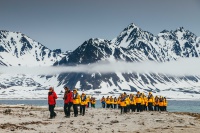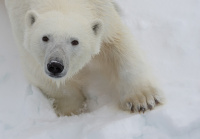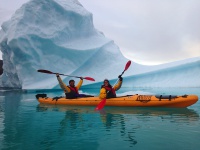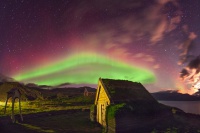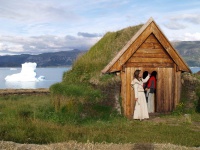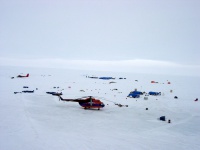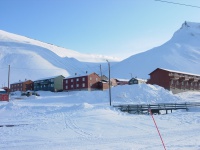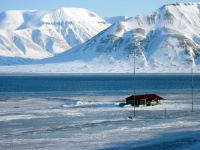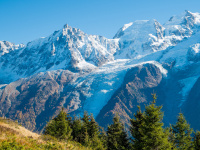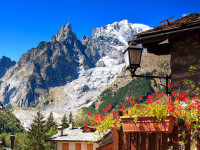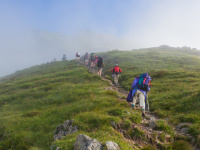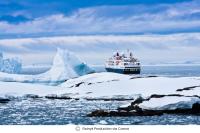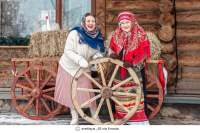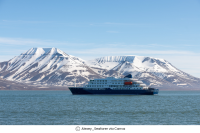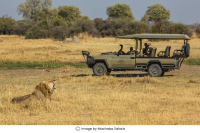-
The Ultimate Arctic Packing Guide
Embarking on an Arctic expedition is truly a once-in-a-lifetime experience. While the Northern Lights might be the first thing that comes to mind, the Arctic offers so much more - from its untouched landscapes and towering glaciers to its awe-inspiring wildlife. This remote region promises an adventure unlike any other, but with its raw beauty come significant challenges. The unpredictable weather, icy winds, and sub-zero temperatures demand thorough preparation from every adventurer.
Packing for the Arctic isn’t just about staying warm; it’s essential for your safety and maximizing the incredible experiences this extreme environment offers. Whether you’re trekking across frozen tundras or cruising through icy fjords, the right gear will ensure you make the most of this unique journey.
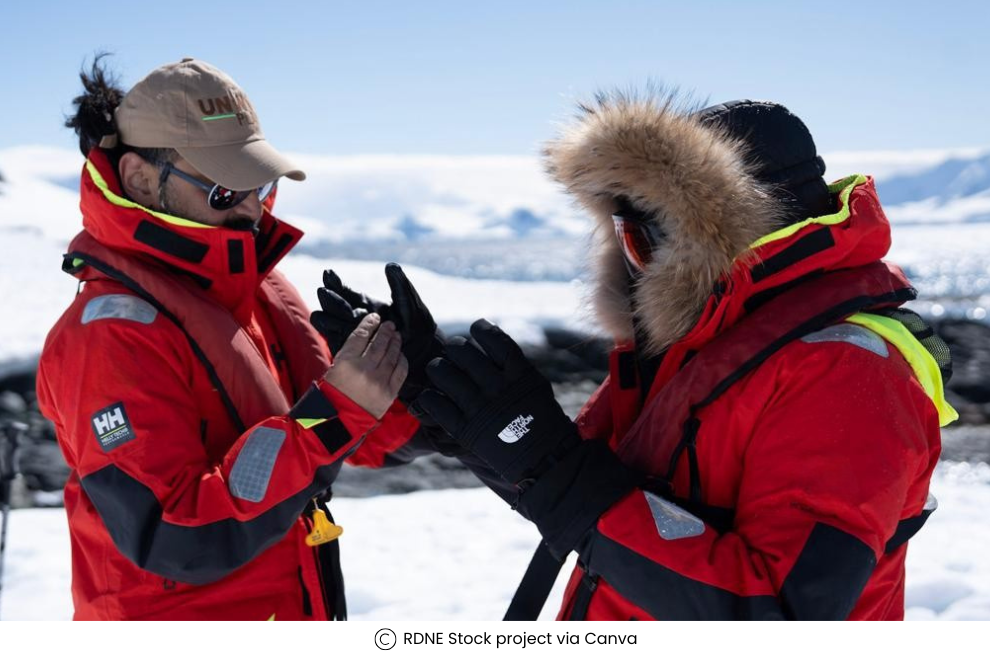
This blog offers personalized gear suggestions, layering strategies, and polar expert tips to help you pack effectively for your Arctic adventure. Since temperatures and conditions can vary greatly depending on your destination within the Arctic, it’s important to plan accordingly. Here’s a quick guide to check before you start packing for your polar journey:
Months
Temperature Range
Destinations
Packing Tips
April – Mid May
-20°C to -5°C
Svalbard
Heavy thermal base layers (merino or cashmere)
Insulated parka with windproof shell
Snow boots rated for sub-zero conditions
Balaclava or thermal face mask for snowmobile rides
Goggles or anti-fog sunglasses
Glove liners + insulated mittens
Mid May – June
-2°C to 6°C
Svalbard
Layered thermal system (base, mid, shell)
Waterproof outer jacket and pants
Mid-weight insulated bootswith strong grip
Neck warmer or buff
Lightweight fleece or down vest
Warm hat + touchscreen gloves
July – August
0°C to 10°C
Greenland
Moisture-wicking base layers (long- sleeve tops and leggings)
Packable down or synthetic insulated jacket
Windbreaker or softshell jacket
Sunglasses with UV protection
Light gloves + sun hat
Fast-drying hiking pants
September
-5°C to 5°C
Greenland & Svalbard
Base layers with fleece mid-layers
Waterproof, wind-resistant insulated outerwear
Thermal socks + waterproof hiking boots
Gloves and beanie essential
Layered dressing for shifting temperatures
Gaiters for muddy terrain (optional)
Let’s take it a step further - covering everything from layering strategies to essential cold-weather gear, here’s how to pack efficiently for a safe and comfortable journey through the Arctic.
Dressing for Arctic Adventures
Layering is essential in the Arctic, offering warmth, breathability, and protection from the harsh weather. It allows you to adjust your clothing based on changing conditions, ensuring both comfort and safety throughout your journey. Here’s how to master the three-layer system!
1. Base Layer:

Materials to Consider:
- Merino Wool:
- Opt for fine-grade, itch-free merino from trusted brands like Icebreaker or Smartwool.
- The 200–260 GSM range strikes the right balance for Arctic expeditions - warm enough for -20°C days but breathable indoors.
- Silk-Wool Blends:
Ideal for those seeking ultra-light insulation under heavier layers. Smooth enough for long-haul flights directly into the Arctic.
- Cashmere or Cashmere-Merino Hybrid:
A luxurious option for low-exertion days or lounging at the lodge. Soft on the skin, highly insulating, and perfect as a backup layer when you desire extra comfort.
- Fleece-Lined Base Tights:
Great for layering under snow pants. Offers flexibility and comfort for more active days while adding a soft layer of insulation.
- Thermal Bottoms with Stretch:
For travellers prioritizing mobility (e.g. photographers or snowmobilers), base layers with added elastane ensure freedom of movement without sacrificing warmth.
UnWild Planet Polar Expert Tip:
- A crew or zip-neck top offers better regulation – zip up for wind protection and open during hikes or when indoors.
- Bring 2–3 sets, one for active use, one for evening or lodge wear, and one backup in case of moisture. Drying facilities may be limited in some Arctic accommodations.
- Choose base layers with natural odour resistance or treated fibres – crucial when laundry isn’t a daily option.
- Small design features like thumb loops keep sleeves in place during layering, and a longer back hem helps retain core warmth when bending or sitting on snow.
2. Mid Layer:
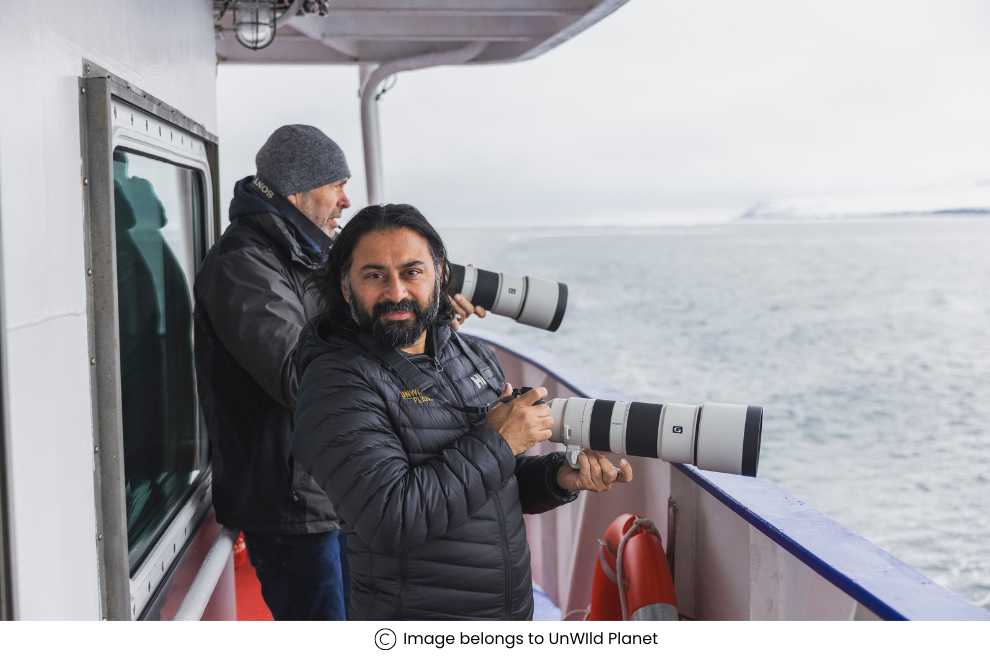
While the base layer regulates moisture and the outer shell blocks wind and snow, the mid-layer is what truly keeps you warm. It serves as your core insulator, and choosing the right one is crucial for comfort in sub-zero conditions.
Materials to Consider:
- Polartec® Fleece: A popular choice for Arctic expeditions. It’s lightweight, breathable, and retains heat even when damp, making it ideal for active outdoor days.
- Wool Blends: Look for merino or cashmere-wool blends. These materials offer excellent warmth, breathability, and natural odor resistance - perfect for multi-day wear.
- Down or Synthetic Insulated Jackets: Great for a high warmth-to-weight ratio. Opt for responsibly sourced down or high-quality synthetic fills like PrimaLoft® for eco-friendly insulation that performs even when compressed.
- Insulated Pants (Down or Synthetic): Ideal for low-activity days like Zodiac rides or long outdoor sessions. Down offers high warmth but needs dry conditions. Synthetic (e.g., PrimaLoft®) performs better in wet or damp weather.
- Softshell Trousers: Best for active days like snowshoeing or glacier hikes. These offer light insulation, wind resistance, and stretch for comfort and movement. Features like reinforced panels and vent zips help with durability and temperature control.
UnWild Planet Polar Expert Tip:
Fit and function are key. The mid-layer should fit snugly but not restrict movement, allowing room for your base layer underneath and outer shell on top. Zippered or half-zip styles allow for adjustable ventilation during physical activity or fluctuating temperatures. Thumb loops and high collars help seal in warmth. Choose mid-layers with stretch panels, articulated knees, or side zips for ventilation and added comfort.3. Outer Layer:
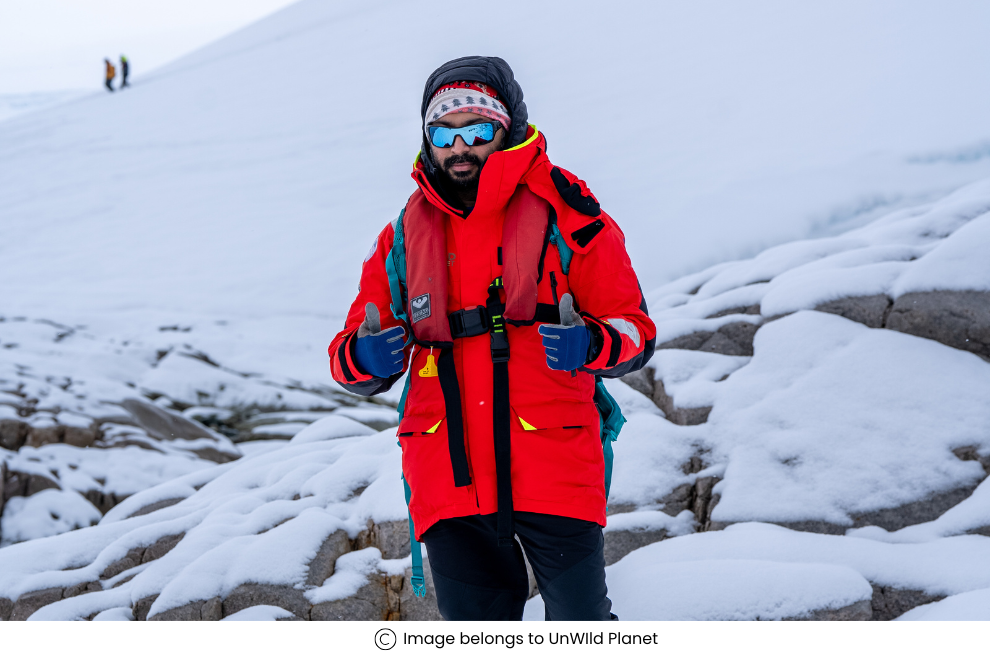
The outer layer shields you from wind, snow, and rain. Invest in waterproof and windproof shell jackets and look for adjustable hoods and pit zips for better ventilation. Pair these with insulated waterproof trousers for full-body protection.
- Opt for expedition-trusted luxury brands like Arc’teryx Veilance, Norrona, Canada Goose (PBI or Standard Expedition), Moncler Grenoble (technical lines), or Fjällräven’s Polar range - brands that combine Arctic-ready design with premium detailing.
- Look for 3-layer GORE-TEX® Pro, Dermizax® NX, or eVent® fabrics - these are the industry standard for waterproofing, wind resistance, and breathability.
- For ultra-cold conditions, consider expedition-grade down parkas with a DWR coating - offering insulation that performs in both dry cold and coastal wet chill.
UnWild Planet Polar Expert Tip:
Opt for a slightly oversized fit to comfortably layer over mid and base layers, but avoid boxy shapes. Many high-end brands now offer tailored expedition cuts that maintain a sleek silhouette.Essential Accessories
Accessories are critical for protecting your extremities from frostbite, windburn, and other cold-related risks. Here’s a comprehensive list of must-haves for Arctic adventures:
CATEGORY
RECOMMENDED ITEMS
Headgears
Insulated beanies (e.g., Sealskinz), balaclavas, neck gaiters (tube-shaped garments made from fleece or merino wool).
Face
Face masks or balaclavas with windproof materials to shield exposed skin from frostbite.
Eye Protection
UV snow goggles (Oakley) or polarised sunglasses to prevent snow blindness caused by glare of ice surfaces. Look for anti-fog lenses for prolonged outdoor use.
Hand Care
Thin merino liners under waterproof insulated mittens. Disposable heat packs can be tucked into gloves for instant warmth during excursions.
Foot Care
Waterproof knee-high boots (-40°C rated) paired with thick wool socks; leg gaiters keep snow out; crampons provide grip on icy terrain.
Tech Essentials for Arctic Photography
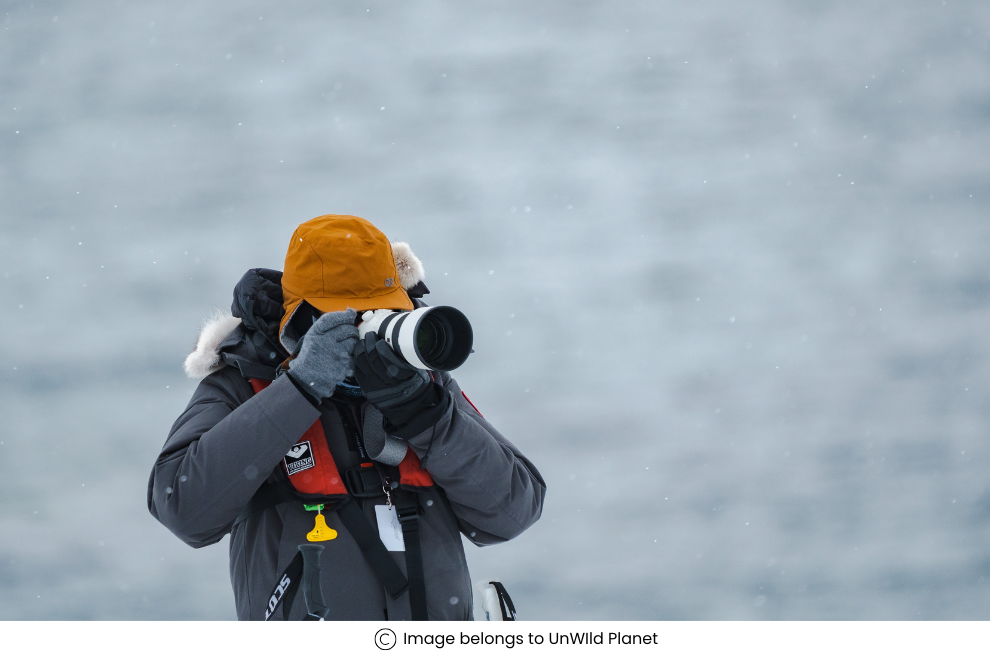
Capturing the Arctic’s beauty requires durable tech gear that can handle extreme cold:
- Use a weather-resistant mirrorless or DSLR camera paired with a 24–70mm lens for wide landscapes and a 70–200mm for wildlife - this combo covers most Arctic scenarios without overpacking.
- Pack 3–4 extra batteries, as cold temperatures drastically reduce battery life. Keep them warm in an inner pocket or insulated case.
- Use a waterproof, padded dry bag to safeguard your gear during zodiac rides and snow-based excursions.
- Include lens wipes and silica pouches in your kit to manage fogging and moisture from shifting temperatures.
UnWild Planet Polar Expert Tip:
Before the trip, walk around in your full kit to ensure everything fits properly and works together.
Tried and tested packing tips from our polar experts:- High-Calorie Snacks: Pack energy-dense foods like trail mix or chocolate bars for quick energy boosts in the cold.
- Rehydration Sachets: Bring premium rehydration sachets to mix with your thermal flask. Look for blends that replenish electrolytes without added sugars.
- Skin Care: Arctic air can be harsh on your skin. Skip the typical hotel products and pack a dermatologist-approved overnight recovery balm or solid moisturizer. Stick formats are especially practical - they won’t freeze, leak, or take up much space.
Gear on Arrival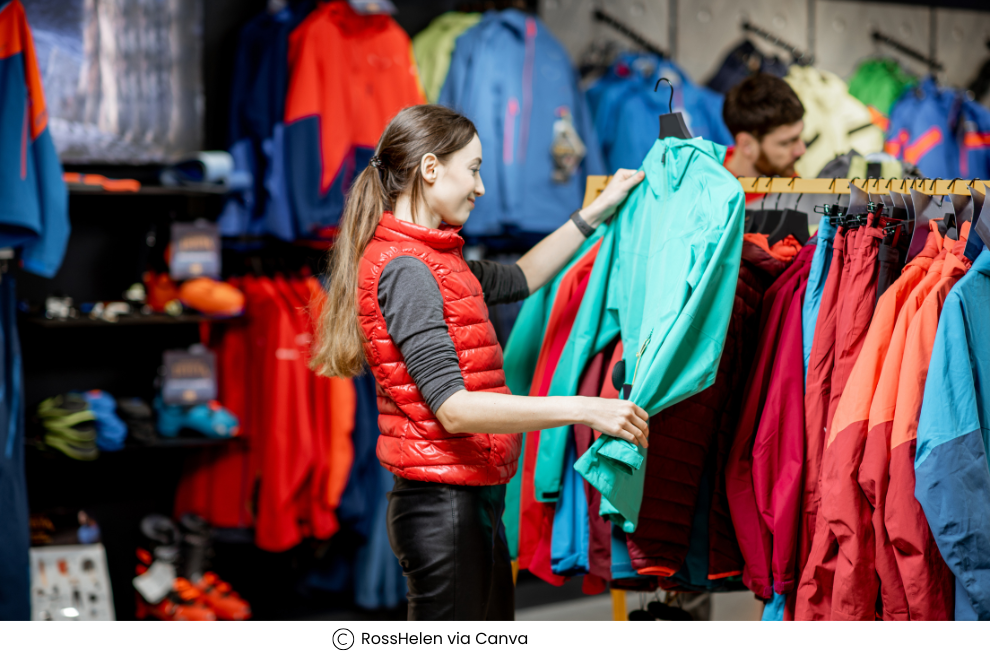
If you forget something and need to find gear in the Arctic, many Arctic airports offer shops stocking expedition essentials suited for local conditions. Tromsø Airport (Norway) provides high-quality outdoor gear, while Longyearbyen (Svalbard) features shops specifically catering to polar travellers.
Did you know? We provide complimentary parkas on our polar trips!
Packing for the Arctic isn’t just about survival; it’s about embracing an extraordinary adventure with confidence. By focusing on multi-purpose items, layering essentials, and specialized gear, you’ll be prepared to explore this frozen wonderland without compromise.
Save this guide, customize it for your route, and head out into the Arctic with the right gear and determination. Want to discover more about Arctic experiences? Read our blog featuring 5 unique adventu
Ready to embark on your next adventure? Fill out the form below and let our experts curate your dream getaway!
All Fields are mandatory*-
Related Tours
-
Recent Blogs
- Merino Wool:
